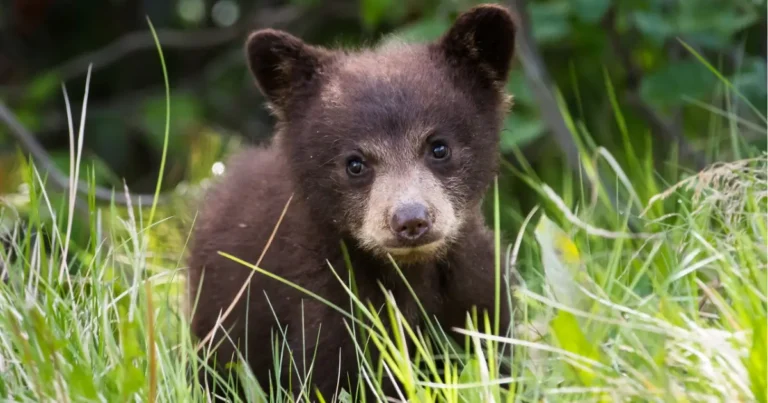
That tidbit of natural history is surely interesting: the reintroduction of the birds in Minnesota and North Dakota, and the success of the species since the early 1960s is fascinating. It’s also where we need to look to understand the birds – and how to manage conflict with them without lethal control.
Canada Geese, like many species that disappeared in the 19th and early 20th centuries, were overhunted. With only a few dozen breeding pairs to begin, researchers eventually released more than 5,000. But the landscape to which they flocked was significantly different from when they last were present.
The post-war baby boom and development meant that cities were growing faster – and suburbs were sprawling. What had once been sparsely-populated agricultural land or cottage-style communities were now well-manicured properties. Easy access to water like ponds and lakes, short grasses ideal for growing goslings, and a largely predator-free landscape allowed for rapid population growth of the geese. And now, with populations higher than ever before, conflict is sadly common.
But by understanding the biology, natural history, and ecological role of Canada Geese, property managers are finding creative, non-lethal methods with which to prevent conflict – and sometimes outright mitigate it.
The community of Port Hope, Ontario, is hoping to keep populations from settling on portions of their land with predator decoys. Without making any physical contact with the birds, and being wary of goslings, municipal workers will move coyote decoys daily in areas where the geese are unwanted, and use hazing methods to simply make the geese find a different site.
As The Fur-Bearers recently noted, the Vancouver International Airport has added a hovercraft with noisemakers to its arsenal to scare away the birds attempting to nest near their runways.
Other programs include landscape modification (planting bushy shrubs and letting plants grow taller around water), hazing by trained dogs, and even egg addling (typically involves rendering eggs sterile, mimicking the actions of predators who would steal eggs).
While hunting of geese is allowed – and the government acknowledges more than 2,000,000 geese are killed by hunters annually – it’s generally accepted that this isn’t a solution to population control. We have created ideal environments for geese across the country. And just like any animal – fur-bearers included – it is up to us to learn to live with them by understanding their biology, natural history, and role in ecosystems. After all, they’ve proven they can live with us.
monthly donor(for as little as $5/month – the cost of a single latte) pleaseclick hereand help us save lives today.

